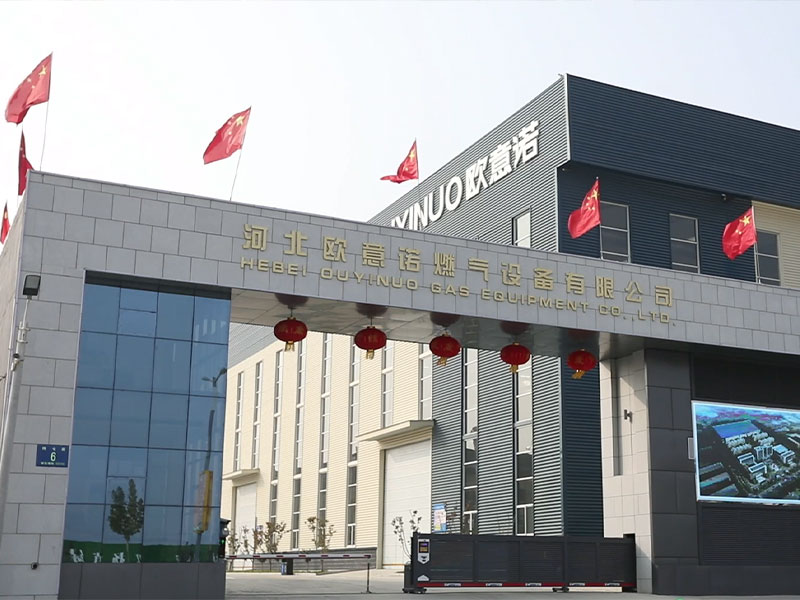
Oct . 18, 2024 11:36
Back to list
Precision Voltage Regulator Design and Implementation Techniques
The Role of Precision Voltage Regulators in Modern Electronics
In the rapidly evolving world of electronics, maintaining a stable and accurate voltage level is critical for the performance and reliability of various devices. This is where precision voltage regulators come into play. These components are essential for ensuring that electronic systems operate efficiently and effectively, regardless of fluctuations in input voltage or variations in load conditions.
.
There are two principal types of precision voltage regulators linear and switching. Linear regulators, known for their simplicity and low noise performance, provide a continuous output voltage by dissipating the excess voltage as heat. This makes them ideal for applications requiring clean and stable power, such as audio equipment and precision instrumentation. However, linear regulators are not without drawbacks; their efficiency diminishes with larger voltage differentials, leading to increased thermal management challenges.
منظم الجهد الدقيق

Switching regulators, in contrast, use a high-frequency switching transistor to convert the input voltage to the desired output voltage. They are generally more efficient than linear regulators, making them suitable for battery-powered applications where maximizing energy efficiency is crucial. However, they do introduce switching noise, which can affect sensitive analog circuits. As a result, the choice between linear and switching regulators often depends on the specific requirements of the application in question.
One of the significant advancements in the realm of precision voltage regulators is the development of low-dropout (LDO) regulators. These regulators are particularly beneficial in scenarios where the input voltage is only slightly above the desired output voltage. LDOs can provide a stable output with a minimal voltage drop, enhancing efficiency and allowing for the use of smaller power sources.
The applications of precision voltage regulators are extensive and diverse. In high-precision analog systems, they are crucial for powering operational amplifiers, analog-to-digital converters, and other sensitive components. In digital circuits, they ensure that microcontrollers and logic devices operate within their specified voltage ranges, thereby avoiding potential damage or performance degradation. Moreover, in fields such as telecommunications, medical equipment, and automotive electronics, precision voltage regulators play a vital role in maintaining system integrity and reliability.
In conclusion, precision voltage regulators are indispensable components in modern electronic designs. Their ability to provide stable and accurate voltage outputs ensures optimal performance across a variety of applications. As technology continues to advance, the demand for more efficient, reliable, and versatile power regulation solutions will only grow. Therefore, innovation within this field will remain a key focus for engineers and designers aiming to enhance the functionality and efficiency of electronic systems worldwide.
Latest news
-
Safety Valve Spring-Loaded Design Overpressure ProtectionNewsJul.25,2025
-
Precision Voltage Regulator AC5 Accuracy Grade PerformanceNewsJul.25,2025
-
Natural Gas Pressure Regulating Skid Industrial Pipeline ApplicationsNewsJul.25,2025
-
Natural Gas Filter Stainless Steel Mesh Element DesignNewsJul.25,2025
-
Gas Pressure Regulator Valve Direct-Acting Spring-Loaded DesignNewsJul.25,2025
-
Decompression Equipment Multi-Stage Heat Exchange System DesignNewsJul.25,2025

